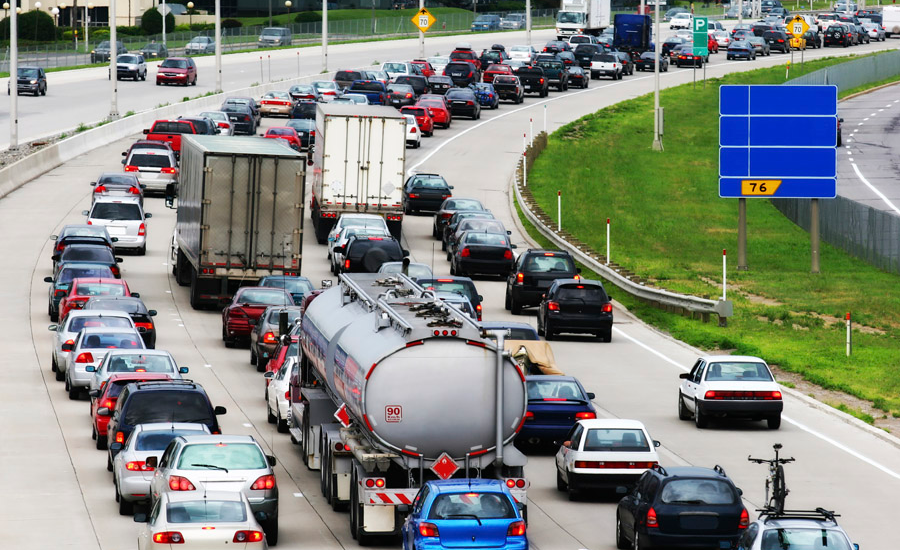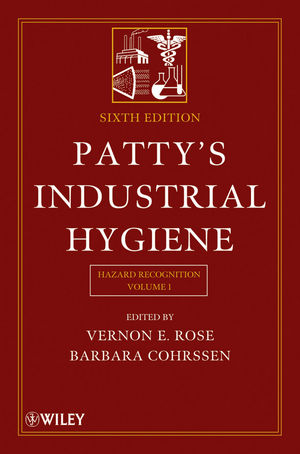Transportation Secretary Chao: Safety is #1 priority

U.S. Secretary of Transportation Elaine L. Chao delivered the keynote address at the 2019 U.S. Department of Transportation Safety Summit in Washington, D.C. on Thursday, June 20, 2019. Here is Secretary Chao’s speech:
Let me give a shout out to our Department of Transportation employees across the country who are watching this important Safety Summit from your offices.
One of the most important things about the Department of Transportation is the work we do to help ensure safe transportation systems for everyone.
And as the Department encourages innovation through new technology, we are guided by three priorities.
As you know, my number one priority is always safety. It is the foundation of everything the Department does.
The second priority is rebuilding and refurbishing our country’s infrastructure to grow the economy, increase competitiveness, and improve quality of life.
And the third priority is preparing for the future – by engaging with new, emerging technologies and addressing legitimate public concerns about safety, security, and privacy, without hampering innovation.
It’s important to note that the Department’s regulatory strategy avoids overly prescriptive rules in favor of a performance-based approach, targeted to improving levels of safety. It is tech-neutral, not command and control.
That means the Department doesn’t pick technology winners and losers. Instead, our preference is to enable the safe testing and deployment of a wide variety of new technologies, so communities, businesses and individuals can choose what fits their needs best.
So the best approach to safety is to work with stakeholders at the state and local levels, and in the private sector, to prevent accidents before they happen. That’s why the Department has adopted a data-driven approach to making regulatory decisions in each mode. It is important to lay a foundation grounded in strong science and research.
Let me note several great examples, beginning with the Safety Data Initiative. The Safety Data Initiative uses advanced analytics to provide new insights into transportation safety risks, and create data visualizations to help policy makers arrive at safety solutions. Pilot projects include an analysis of highway crash speeds; and the relationship between crashes, traffic hazards and road conditions.
As you know, automated vehicles have the potential to affect how we live, travel and work. The potential of this technology to increase safety is especially noteworthy. Historically, human error has been a factor in 94 percent of fatal automobile crashes. As a result, approximately 36,750 lives were lost on our roads and highways in 2018 alone. That represents a decrease of about one percent from 2017, but we still have a long way to go. And, a key component of the Department’s guidance is that all automobiles must meet the same safety standards, regardless of whether the driver is a person or automated vehicle technology.
The commercial and recreational use of Unmanned Aircraft Systems – or drones – is also growing rapidly. As of the end of May 2019, there are more than 1.39 million registered drones in the U.S., and more than 136,000 certified drone pilots. To continue the safe implementation of drones into our airspace, the Department recently announced additional proposed rules regarding security issues and remote identification. These proposed rules follow the pilot program launched in 2017, which studies operations that are currently restricted: over people, at night, and beyond the visual line-of-sight.
Since safety is the Department's top priority, all of us are saddened by the fatalities resulting from the accidents involving two Boeing 737-MAX 8 aircraft in Indonesia and Ethiopia. But I have taken two actions to help determine what happened, and what can be improved at the FAA.
First, I’ve asked the Department’s Inspector General to initiate an audit on the activities that resulted in the March 8, 2017 certification of the Boeing 737-Max 8 involved in the accident.
Second, I announced the formation of a special advisory committee to provide independent, impartial advice on ways to improve the FAA safety oversight and certification processes. On Tuesday of this week, I met with the members of this committee to discuss the importance of their ongoing work.
At this point, the FAA is awaiting Boeing’s final package of its software enhancement for the 737 Max. Once FAA receives Boeing’s proposal, it will be thoroughly reviewed to ensure the solution has addressed all pertinent issues.
Let me emphasize that the FAA will not approve Boeing’s proposed changes until the FAA is satisfied that they are safe. The Department’s goal is to ensure public trust in aviation safety, and preserve the pre-eminence of the United States as the gold standard in aviation safety.
NHTSA’s robust safety agenda includes is building on the success of its anti-drunk driving campaigns, to launch the first-ever national awareness campaign about the dangers of drug-impaired driving. On December 20, 2018, the agency awarded more than $100,000 in grants to states through the Governors Highway Safety Association to help combat drug-impaired driving on America’s roads.
Let me also commend NHTSA's work on safety recalls, including Takata air bags. Approximately 37 million vehicles, equipped with 50 million defective Takata air bags, are under recall. Thanks to NHTSA’s work with automakers and consumers, average repair rates increased by 30 percent in 2018. Their constant efforts to educate the public about this and all safety-related recalls improves vehicle, passenger and pedestrian safety.
And, since 2017, FRA’s implementation of Positive Train Control – a key railroad safety technology – dramatically accelerated to nearly 80 percent of the total route miles that must be completed. In just the past two years, that’s an improvement from 16% to 83% for freight, and 24% to 30% for passenger rail. And, in the last two years, locomotives equipped with Positive Train Control increased from 42% to 100% for freight and from 41% to 91% for passenger rail. Once it’s fully implemented, Positive Train Control systems will govern rail operations on approximately 58,000 railroad route miles, to help prevent train-to-train collisions and over-speed derailments.
Monday, June 17th was Ride to Work Day, which reminds us to watch out for motorcyclists, who are especially vulnerable on our roads. In fact, motorcycle fatalities have more than doubled in the past 20 years. To help mitigate this preventable trend, FHWA is analyzing data from the Motorcycle Crash Causation Study to create infrastructure-based motorcycle crash countermeasures. These include Limited Sight Distance Warning Signs, Curve Speed Warnings and Pavement Change Warning Signs.
And, each year, an estimated three billion tons of hazardous materials, or hazmat, are transported in the United States. When hazmat is not properly declared, it poses significant threats to transportation workers, emergency responders, the public, and the environment, due to potential incidents and accidents.
In response, PHMSA has partnered with the FAA, FMCSA, FRA, the United States Coast Guard, and the United States Postal Service to establish the “Check the Box” awareness campaign. The goal of this campaign is to raise public awareness about the risks of hazmat in transportation and to direct the public to resources that describe the actions required to comply with hazmat regulations.
Some of the Department’s most successful safety programs emerge by working closely with your colleagues across the modes. So as we look to the future, let’s continue to encourage greater transportation innovation and technology, and more cross-modal cooperation.
By working together, we’ll advance safety, mobility, economic growth and a greater quality of life for everyone.
Thank you.
Looking for a reprint of this article?
From high-res PDFs to custom plaques, order your copy today!





